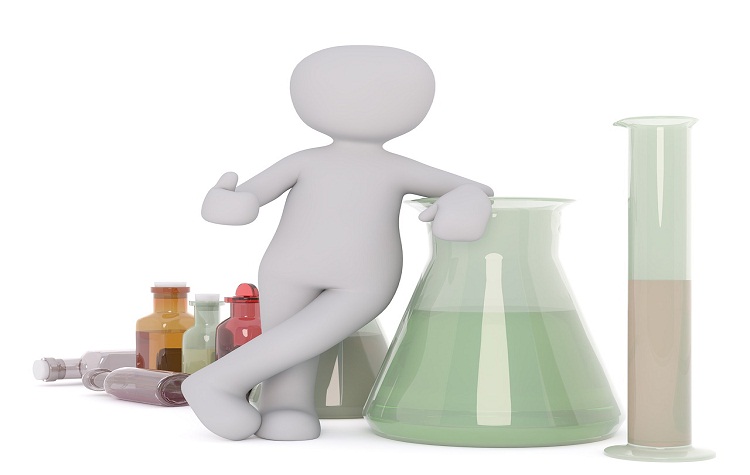Many of us hate Science, labelling it a subject of studious people. Who wants to study boring formulae or spend hours in labs. But believe it or not, science is so intertwined in our existence, in our everyday life, that we often don’t realise that our actions are governed by simple scientific logics.
Below are 10 such instances where we use science in our everyday living:
1) When we lean forward while climbing a hill
When we lean forward, the centre of gravity of our body also shifts forward, stabilizing our standing body position, and thus helping us in climbing.
2) Usage of blotting paper for absorbing ink or liquid
Blotting paper is porous by nature. The pores act as its capillaries. When liquid substance comes in contact with blotting paper, it is sucked by the paper due to capillary action.
3) When we pour hot liquid in a thick glass tumbler, it breaks. Why?
Often, you must have heard mothers advising you against pouring hot liquid in a thick glass tumbler, else it will break. That’s because when we pour hot liquid in a thick glass tumbler, its inner surface expands due to heat while the outer surface remains comparatively cool. This unequal expansion causes breakage.
4) Conversion of milk into curd
Milk contains a protein called casein. When curd is added to milk, the lactic acid producing bacteria present in curd cause coagulation of casein, thus converting milk into curd.
5) Ice floats on water. Why?
Density of ice (nine volumes of water is equal to 10 volumes of ice) is lesser than that of water, hence it floats.
6) Ever wondered why petrol fire is not extinguished by throwing water on it?
There are two reasons for that. One, petrol floats on water and keeps burning. Two, the heat generated by the fire is so intense that it results in decomposition of water upon contact.
7) Whenever we see a straight stick half immersed in water, it appears bent. Why?
That’s because of refraction. As the light rays coming from the immersed portion of the stick emerge from water medium to air medium, they suffer refraction. The refracted rays thus enter eyes and the object (the immersed part) appears bent.
8) How does a drinking straw work?
Straw has a hole inside. As we draw liquid from one end, the air in the straw is sucked creating vacuum which is filled by the rise of liquid facilitated by the pressure of atmosphere outside.
9) During summers, water kept in an earthen pot is colder than outside. Ever wondered why?
Earthen pot has small pores through which water oozes out slowly and keeps evaporating from the outer surface, and thereby producing cooling effect.
But do you know that during rains, water in an earthen pot does not cool. This is because evaporation of water does not take place quickly as the air outside is moist and cool.
10) Why do we not get hurt while cutting our nails?
Our nails are made up of dead protein called keratin, and have no connection with blood vessels or nerves. Thus, cutting them do not affect our nerve system in any way, and we do feel hurt.
SEE ALSO:
1. Agni-5 – A weapon of peace
2. Ten famous scientists of India
Do you feel strongly about something? Have a story to share? Write to us at info@thepeepertimes.com or connect with us on Facebook or Twitter


